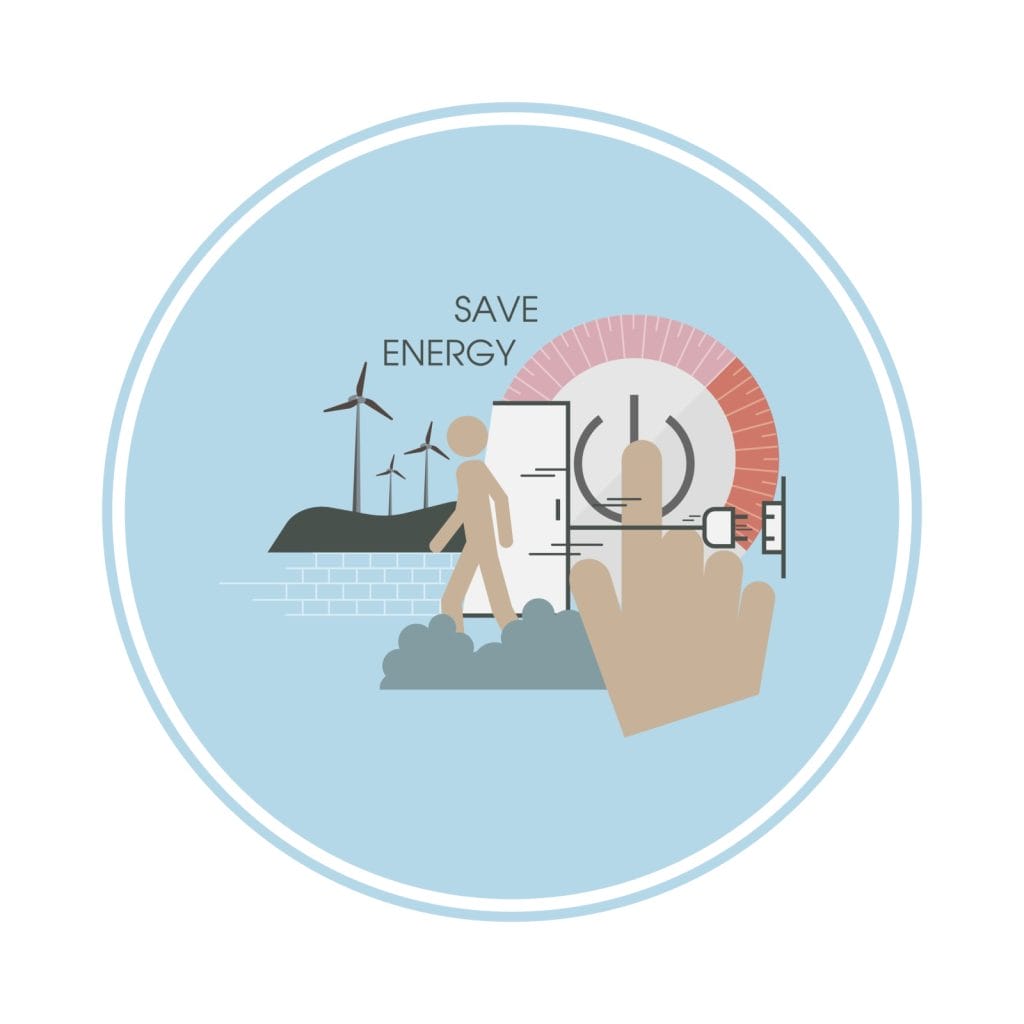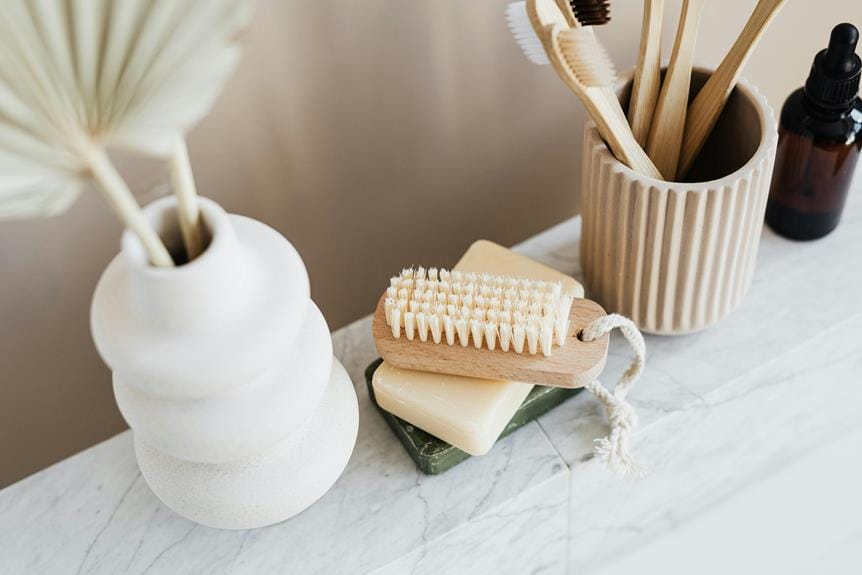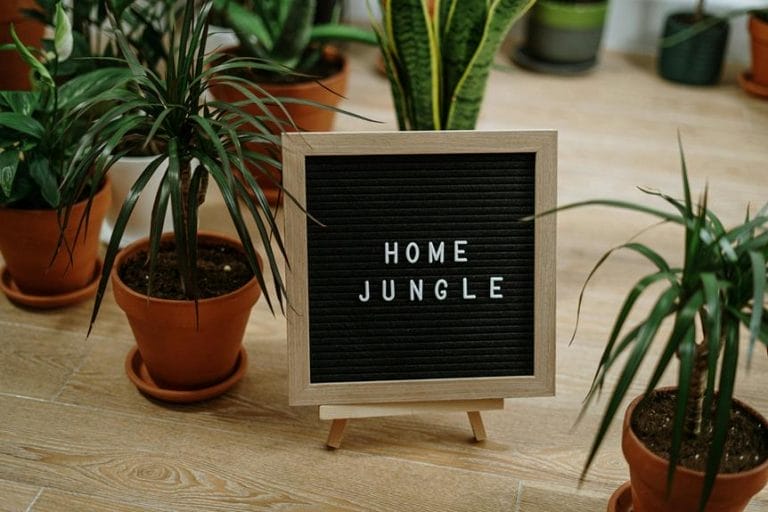Have you ever thought about how choosing minimalism could be a game-changer for both your home and the planet? I have been curious for the benefits of a simpler lifestyle for a while now.
By focusing on what truly matters and adopting sustainable habits, we can create spaces that are not only beautiful but also eco-friendly. These steps involve decluttering, making thoughtful purchases, and learning how to maintain a minimalist approach. Let’s talk about the basics of starting this fulfilling journey towards a more sustainable home life.
What is Home Minimalism

Home minimalism is about keeping things simple and focusing on what’s really important in your living space. It’s mostly about choosing to live more sustainably, cutting down on waste, and making choices that are better for our planet.
When you choose to live minimally, you’re not only tidying up your space but also choosing to own fewer things. This means there’s less to clean, less to keep in order, and, best of all, less stuff to buy.
This way of living invites you to value quality over how much you have, making sure everything you keep in your home has a purpose and isn’t just bought on a whim.
What Are the Benefits of a Minimalist Home
I think some of the benefits of a minimalist home are:
- Less harm to the environment: By using less and throwing away less, you’re really helping to lessen the harm we do to our Earth.
- Eco-friendly living: By buying less, you reduce the amount of products that need to be made and help with reducing use of materials and waste.
- Saving money: Thinking carefully about what you buy and using less energy can mean more money in your pocket.
- Saving time and effort: Having fewer things means less cleaning and fixing, so you have more time for fun stuff.
How to Declutter
Here’s a step-by-step guide to help you declutter efficiently and effectively, one small victory at a time. Ready to minimize?
- Start small & focused: Don’t try to tackle your whole house at once! Pick a drawer, shelf, or small room to declutter first.
- Sort ruthlessly: Create three piles: keep, donate, and toss. Be honest with yourself – does it spark joy (a la KonMari method)? Still useful? If not, let it go!
- Embrace the power of “maybe”: Unsure about an item? Put it in a designated “maybe” box. Revisit it later with fresh eyes – chances are, you’ll know what to do.
- Find a home for everything you keep: Designated storage spots prevent clutter from creeping back. Baskets, bins, and shelves become your allies.
- Baby steps, big impact: Dedicate a short time each day or week to decluttering. Consistency is key!
Remember, decluttering is a journey, not a race. Celebrate your progress and enjoy your newfound sense of calm in a less cluttered space!
Sustainable Buying Practices
After you’ve got the hang of clearing out stuff you don’t need, it’s super important to think about buying things in a way that’s good for the planet. This means making choices on purpose to help cut down on harm to the environment. Here are some simple tips to make a big difference:
- Look for stuff made from planet-friendly materials like organic cotton or bamboo.
- Try to buy things that are fair trade to help support fair work conditions.
- Go for items that don’t come with a lot of packaging to help cut down on waste.
- Shopping from local crafters and small shops can help reduce the amount of pollution from shipping.
- Ask yourself the question, “is it a want or a need?”.
- Try to borrow or hire more when you only need it a few times.
When you choose things that are made to last, not only does it fit with keeping things simple at home, but you also end up saving cash over time.
How to Minimize the Use of Energy

Going for minimalist energy solutions can really help lower how much your home impacts the environment and can save you some cash on your utility bills too.
If you switch to energy-saving appliances, you might cut down on how much electricity you use by up to 50%.
Just picture getting your electricity bills and seeing them a lot lower, all while you’re doing your bit for the planet.
Adding solar panels to the mix could even get your electricity bills down to zero. Plus, swapping out those old light bulbs for LED ones, and getting a smart thermostat can help save even more energy and cut down costs for heating and cooling your home.
And, don’t forget about making sure your home is well-sealed and insulated; it could mean shaving off 10-20% on your bills.
How to Maintain a Minimal Lifestyle
Living a minimal lifestyle means you often check what you own to see if you really need it or if it makes you happy.
When you choose what to buy very carefully, everything in your home has a reason to be there, either it’s useful or it makes you smile.
This way of living isn’t just about having fewer things, but also about making smart choices.
- Go for intentional buys to help our planet.
- Be open to change as what you need might shift.
- Find friends who think the same way for a little push and high fives along the way.
- Give yourself a big pat on the back for doing great at cutting down on clutter and thinking before buying.
Frequently Asked Questions
How Can I Reduce Household Waste?
To cut down on household waste, focus on mindful shopping, creative reuse of items, proper recycling, composting organic waste, and opting for reusable alternatives. These simple steps can make a big difference in reducing waste and promoting sustainability.
Can Minimalistic Living Impact Your Mental Health?
Minimalistic living can indeed have a positive impact on mental health. By decluttering and simplifying one’s living space, people often experience reduced stress, increased clarity of mind, and a greater sense of calm. Living with fewer possessions can alleviate feelings of overwhelm and anxiety, as there are fewer items to manage and less visual clutter to contend with.
How Do You Become a Sustainable Minimalist?
To live a minimalist and eco-friendly life, begin by eliminating excess possessions, prioritizing things that are useful or bring joy. Choose long-lasting, multipurpose products, use energy wisely, opt for environmentally-friendly travel, select ethical clothing, and cut down on animal products.
Is Minimalistic Living Becoming a Trend?
Yes, minimalistic living is increasingly becoming a trend as more people prioritize simplicity, sustainability, and well-being in their lifestyles.



